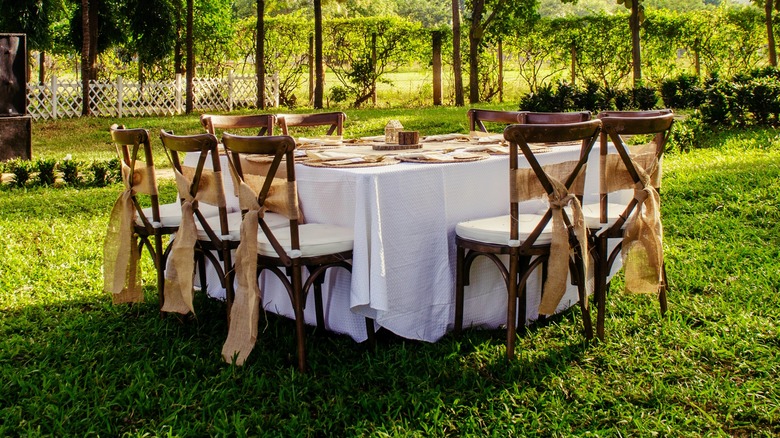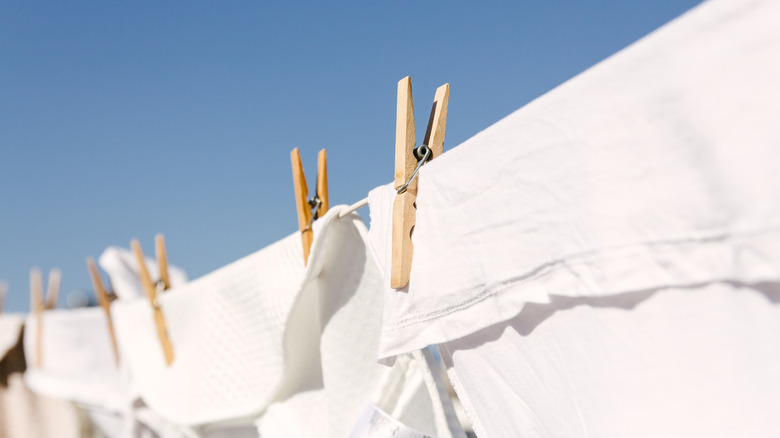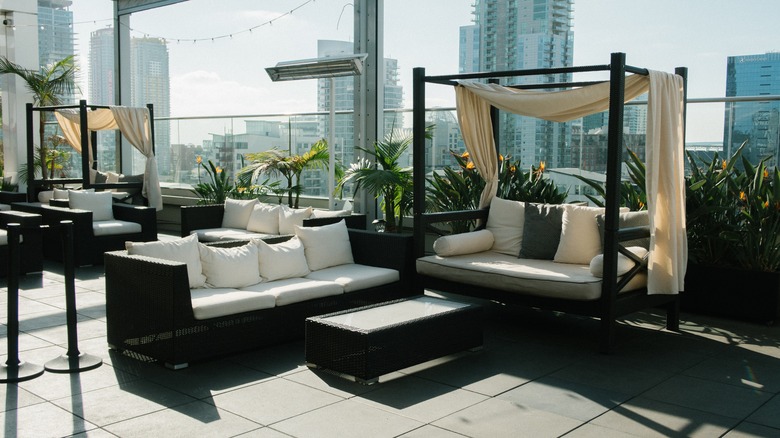How Often Should You Wash Your Outdoor Linens?
From patio cushions, tablecloths, and furniture covers to rugs and mats, outdoor linens are subjected to weather conditions, dust, and everyday usage. Maintaining cleanliness and hygiene for these linens is essential for their longevity and your health and well-being. Generally, moderate-usage items can be cleaned every few weeks, whereas more durable materials, such as covered cushions and throw pillows, should be washed at least once per season.
However, determining the frequency of washing these linens requires considering several factors, such as the environmental conditions to which the linens are exposed, the patterns and amount of usage, and the type of materials they are made from. For example, if you live in a region with high humidity or frequent rain, your linens may be more prone to mold and mildew growth, requiring specific treatments. Similarly, if you reside in a dusty environment, such as near a construction site or busy road, your linens may need more frequent cleaning to remove accumulated particles.
Routine cleaning
Incorporating basic maintenance practices will prevent deep-seated dirt and prolong the time between washes, keeping your outdoor fabrics in top condition. Promptly address minor stains and spills by spot cleaning with a mild detergent or stain remover suitable for the specific fabric. Follow the manufacturer's instructions and test the product on a small, inconspicuous area first. Cushions and pillows often have removable covers that can be machine-washed. Patio furniture covers can usually be cleaned by wiping them with a damp cloth or hosing them down if they become heavily soiled. Rugs and mats can be shaken or vacuumed regularly to remove loose debris.
In addition to routine washing, it is beneficial to give your outdoor linens a thorough deep cleaning at the end of each season. Pretreat stains and machine wash when possible, and consider adding a disinfectant or fabric-safe bleach to the wash cycle to eliminate any lingering bacteria or odors. Once cleaned, allow the linens to air dry completely before storing them in a cool, dry place.
Treatments for stubborn stains
To tackle mold or mildew stains, apply a mixture of equal parts of water and white vinegar to the affected areas and scrub gently. Rinse thoroughly and allow the linens to dry completely. For machine-washable items, allow the vinegar mixture to stand for a few minutes and then toss them in the washer on the hottest setting recommended for the fabric with laundry soap and a cup of vinegar. To prevent the growth of mold and mildew, ensure linens are completely dry before storing them in a well-ventilated area.
For grease or oil stains, cover with baking soda or cornstarch to soak up excess oil. Then, apply a mild dishwashing soap directly to the spot, gently scrub, and rinse thoroughly. Blot berry or wine stains with a clean cloth to absorb as much liquid as possible. Mix a solution of one part mild dish detergent and three parts hydrogen peroxide. Dab it onto the area, and allow it to stand up to an hour, rinsing thoroughly afterward. For both types of stain, follow up by machine washing if possible, and repeat the cleaning process before drying if the stains persist.


